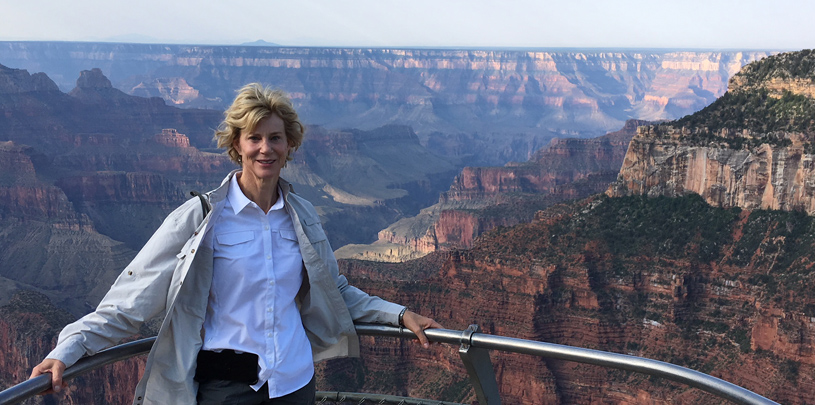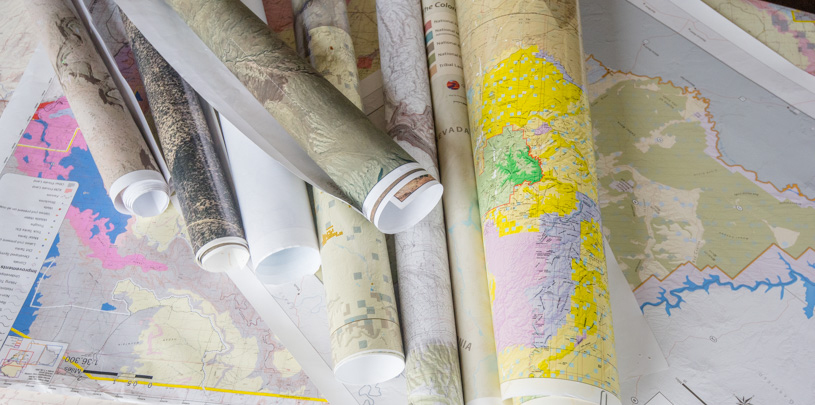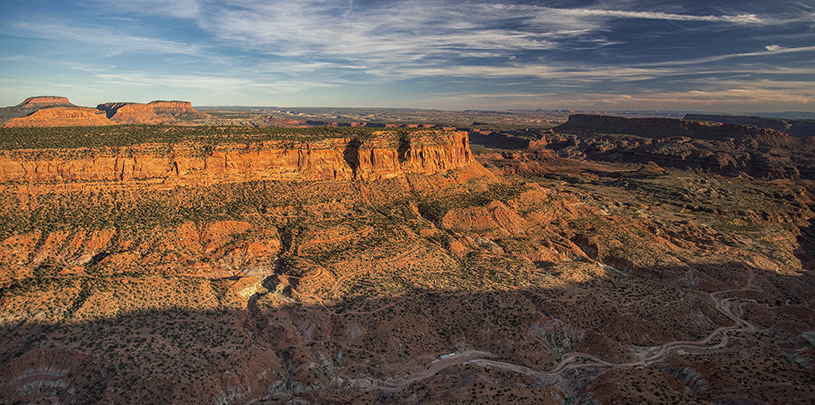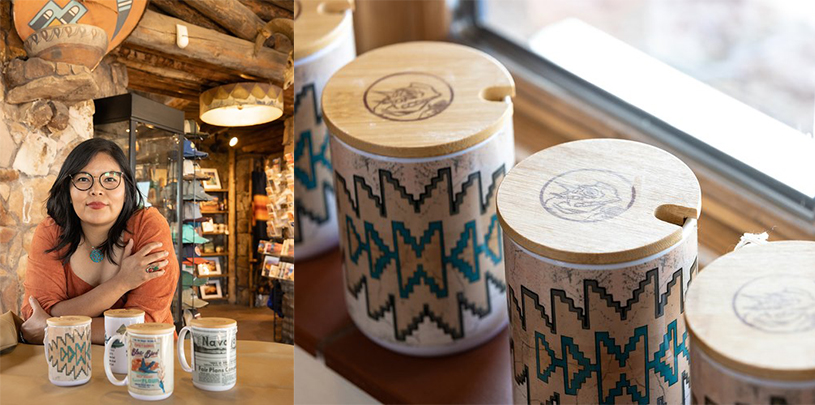
Imagine a job where you’re responsible for the safety of the largest bird in North America (condors), keeping forests from burning down in the wildfires that ignite each year in hot and dry northern Arizona, maintaining drinking water for every thirsty person on the south rim of the Grand Canyon, and protecting several highly endangered fish that most people would recognize only as “guppies.” And this is on top of making sure that six million annual visitors don’t trash the place. For Jeanne Calhoun, director of science and resource management at Grand Canyon National Park, these duties are the stuff of everyday action.
Dream job
Jeanne is not a shy person and that suits her work directing research and resource management in wildlife, fisheries, vegetation, and geology at the park. She also oversees cultural resources, wilderness and recreation, GIS, and database programs. To accomplish this, she supervises a division of 35 to 50 people plus seasonal staff and interns. These are the park’s technical staff dedicated to understanding the science behind management and implementing projects on the ground, and Jeanne’s infectious energy helps guide her team.

And Jeanne has to get things done with fewer staff than current work requires. Right now, science and resource management at Grand Canyon is down 11 critical staff positions and behind on seasonal-staff hiring due to reduced budgets, changing hiring rules, and staff turnover. With limited resources, people management becomes as important as resource management.
But these issues do not deter Jeanne.
“This is my dream job”, she told me. “I get to oversee cultural and natural resource protection at the Grand Canyon, work with some of the most experienced staff in the National Park Service, and also help visitors understand and enjoy the park while they are here.”
All sides of the table
As a registered geologist and certified engineering geologist, Jeanne directed seven environmental programs for the state of Arizona, and spent 10 years working as a biologist with The Nature Conservancy. Prior to coming to Grand Canyon, Jeanne was deputy director for ecosystem services (threatened and endangered species) with the U.S. Fish and Wildlife Service for Arizona. “I’ve sat on all sides of the table negotiating conservation issues, and this job pulls together all my experience and love for the land,” Jeanne told me.
Jeanne’s experience comes into play every day at Grand Canyon National Park, where the list of resource concerns is long.
Humpback chub, bats, and tourists, oh my!
There are diverse scientific questions about how to protect the humpback chub and other endangered fish in the park from predatory, non-native brown trout, as well as issues around how to protect the park’s diverse species of bats from the threat of white-nose syndrome.

On the social side, Jeanne’s staff is charged with completing research to support the park’s visitor management plan as record numbers of people come to the canyon.
“We’re looking at many ways to work with folks to maintain a quality visitor experience while protecting park ecosystems and cultural sites,” Jeanne explained. “We’re talking with the town of Tusayan, meeting with park concessions managers, and we’re considering adding more shuttle buses to help people move around. We’re even thinking about adding signs at the entrance to let people know how long it takes to get into the park.”
Solving the Grand Canyon’s water problem
Then there is the challenge of replacing the decrepit 50-year-old, 15-mile-long water pipeline that runs from Roaring Springs just below the North Rim and across the Colorado River to the top of the South Rim. This pipeline supplies water to millions of park visitors in the canyon corridor and on the South Rim, including those at Desert View Watchtower.
“This project requires extensive assessment to understand its environmental impacts”, Jeanne told me. “We have to thoroughly evaluate two pipeline site alternatives before we can select the best choice for park resources and the public. We can be efficient, but we can’t streamline environmental review of something as important as providing water to over six million visitors.”
And, as climate change turns northern Arizona hotter and, predictably, drier, Jeanne is thinking beyond present water management issues in Grand Canyon National Park to the uncertain future.
“I’d like to see us experiment now with how to do super-efficient water conservation in the park,” she said. As northern Arizona becomes hotter, I want to get ahead of the curve and create water-savings systems in the park using what I learned about water conservation and rainwater harvesting from my years of living in Tucson, where it’s already hot and dry.”
Sometimes, solving management conundrums takes thinking ahead and being willing to try something new. From protecting the Grand Canyon as visitor use skyrockets, to ensuring water supply in the park now and into the future, Jeanne is proving to be just the kind of innovative partner that the North Rim Ranches and the Grand Canyon Trust may depend upon.




